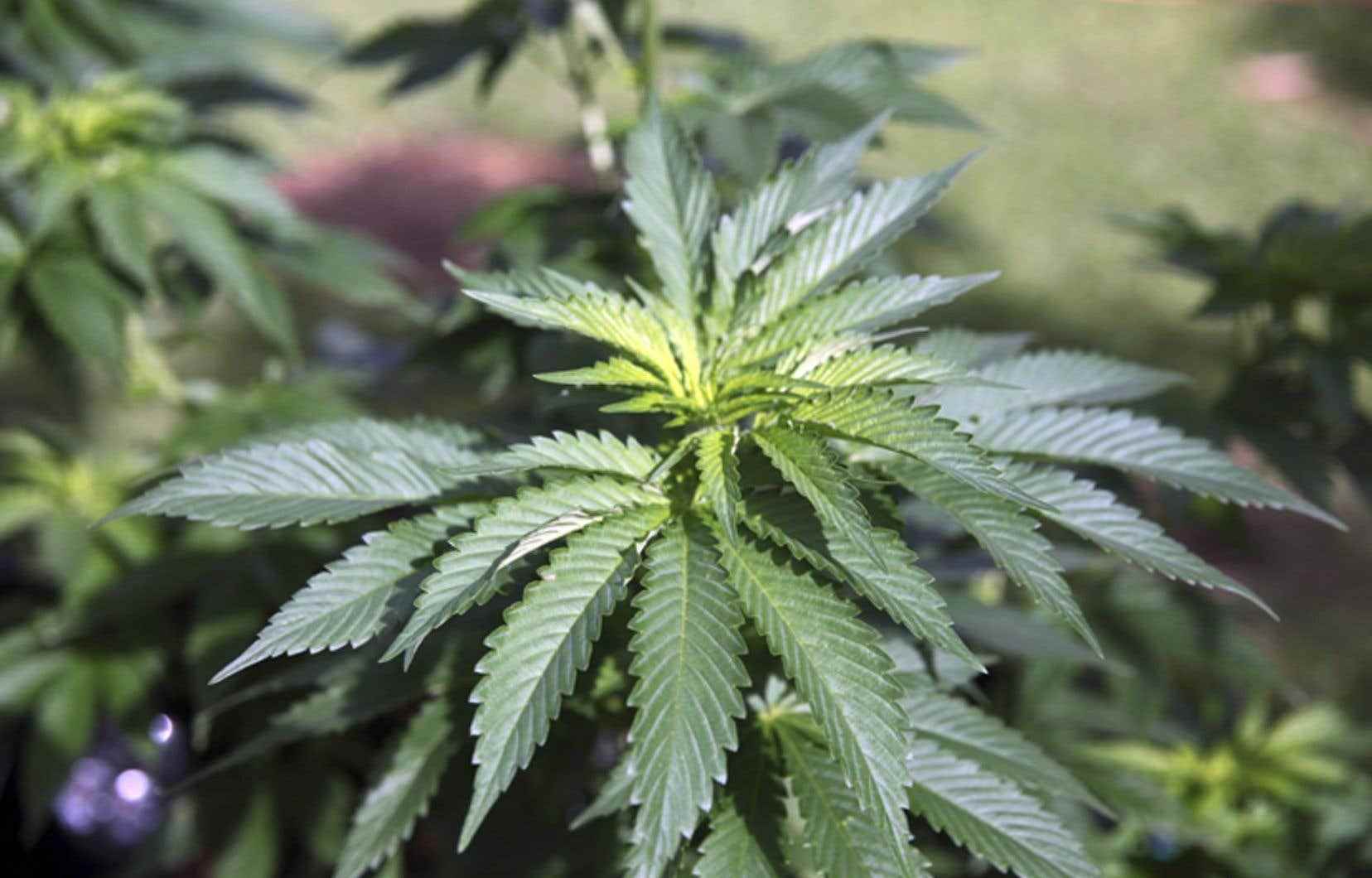Four cannabis plants, one or none at home? The Supreme Court heard Thursday a constitutional debate which aimed to decide whether the decision of the Quebec government to ban cultivation for personal use at home is valid or not.
In 2018, Ottawa decriminalized recreational cannabis and amended the Criminal Code accordingly. At home, the maximum allowed is four plants: beyond that, it is still a criminal offence.
Shortly after, Quebec enacted a law to regulate cannabis and prescribed that lovers of the plant could only obtain it in state stores, under the banner of the Quebec Cannabis Society (SQDC). No question of growing plants at home.
But a Quebecer, Janick Murray-Hall, claims that this ban by Quebec is unconstitutional: he argues that only the federal government has the power to create laws and prohibitions in criminal matters.
Quebec replies that its law is not one of a criminal nature, and that it enacted it under its powers in matters of health, in order to protect that of the population, especially young people. One of the ways the government has taken is to ensure the quality of the cannabis sold, with labeling that warns users of its concentration and its effects.
Murray-Hall’s lawyer argued before the Supreme Court on Thursday that when Ottawa decriminalized cannabis, it was a way for him to keep people from getting their supplies from illegal sources. Green house plants participate in this system, explained Mr.e Maxime Guerin.
“The effect of provincial law is to thwart federal law. »
And then, accidents involving children who ingested cannabis at home are limited, he added.
But he came up against questions from the judges of the Court, who pointed out to him that the purpose of the criminal law is “to prohibit”. Thus, Ottawa prohibits the possession of more than four plants, but “has not created an independent right” to the possession of these four plants, they argued with the prosecutor.
Judge Nicholas Kasirer also reminded him that the role of the Supreme Court is not to determine whether Quebec law is good or bad. Its role is to determine whether it respects the constitution and whether or not it relates to a matter that is of exclusive federal jurisdiction.
A step-by-step approach
Counsel for the Attorney General of Quebec, Ms.e Patricia Blair, defended the Quebec law and its objective of “health protection”.
She recalled that since there was not yet a lot of information on this new substance, Quebec chose to play it safe.
“We started by banning it at home” and directing people to controlled sources, at the SQDC, she said.
This can be expanded later, she argued to the nine judges.
In short, according to her, there is no conflict between the federal law and the provincial law, nor between their objectives: both want to protect the population.
“It is possible to respect both laws”, and the provincial and federal systems are complementary, pleaded Me Blair.
